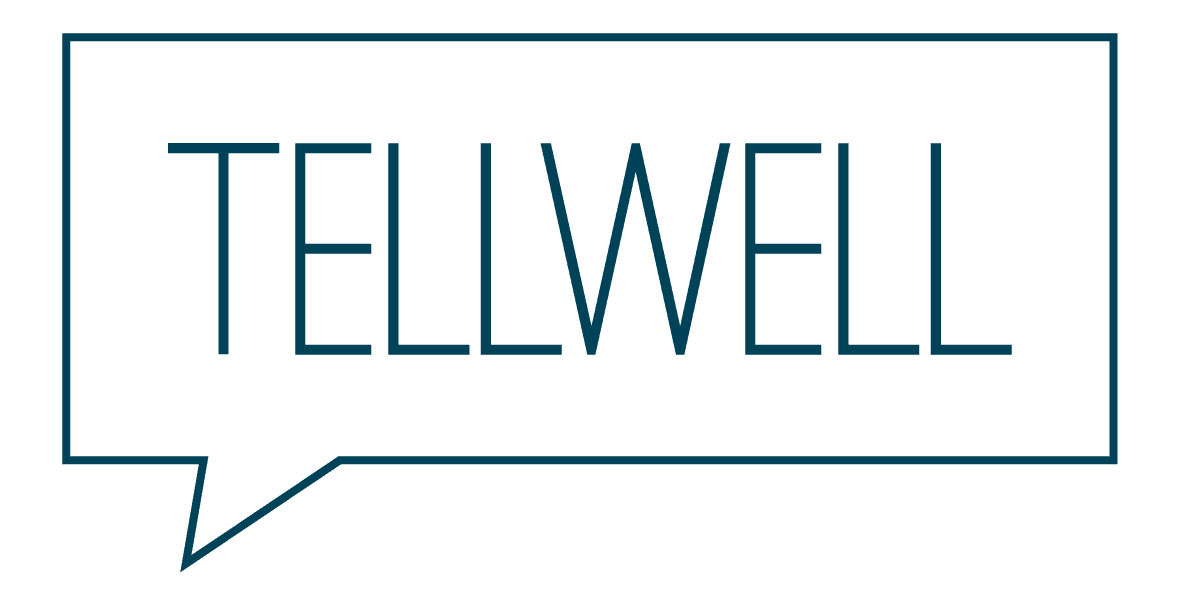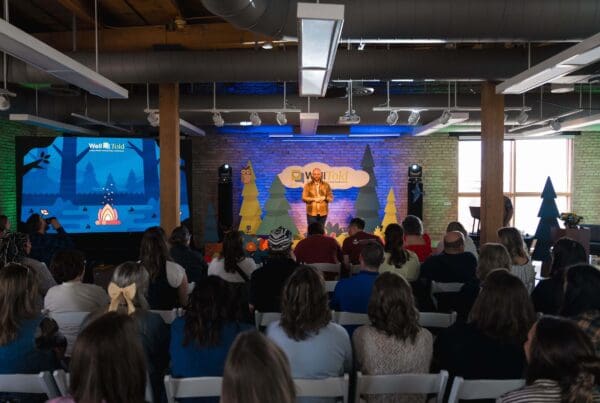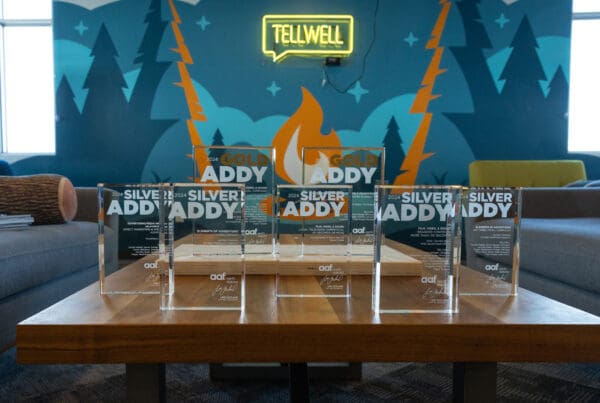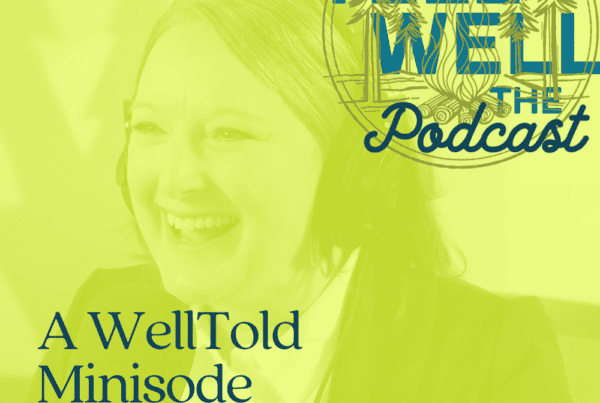Nonprofit storytelling and community engagement don’t always require massive budgets or complex campaigns. Sometimes the most powerful mission impact comes from the smallest, most intentional acts—like turning discarded flowers into messages of hope.
Kelly Krenzel, founder and executive director of Hope Blooms, has built something remarkable in Fargo, North Dakota. Her organization repurposes donated flowers into individual bedside bouquets, delivering them to community members in need with one simple message: “You matter.” But here’s what makes this story essential for nonprofit leaders: Hope Blooms has grown from a volunteer-only operation to a team of four with thousands of annual volunteers, all while maintaining authentic donor engagement and creating sustainable community impact.
The Power of Personal Story in Mission Development
Actually, here’s what struck me most about Kelly’s approach—her mission didn’t start with market research or strategic planning sessions. It grew from deeply personal experiences that shaped her understanding of what matters most to people.
“As a very young girl, I spent all my summers with my sweet grandma Frida in a small town called Linton, North Dakota,” Kelly shared. “I grew such a beautiful love and admiration for seniors through my love of my grandma. She taught me how to be a good person, how to do basic things like ironing and gardening.”
This personal foundation became the bedrock for everything Hope Blooms would become. Kelly’s decade working in hospice care added another layer, where she learned that “most of the context of our lives are these small moments of meaning… it’s like the smallest thing can help make us whole.”
For development directors and communications strategy teams, this demonstrates something crucial: authentic missions grow from authentic experiences. The most compelling fundraising strategy often starts with the founder’s genuine connection to the cause, not manufactured talking points.
Strategy #1: Use Sustainability as a Mission Differentiator
Here’s where Hope Blooms gets really smart aboutdonor engagement. Instead of just focusing on the end result—delivering flowers to people in need—they’ve made their entire process a statement about community values.
Kelly explained their comprehensive approach: “All of our jars are recycled. So they’re either mason jars or they’re recycled food jars of a similar size… Our boxes that we use for deliveries are produce boxes that have been recycled from our local grocers. We have one volunteer who collects about 800 of those a year just so we can reuse them.”
This isn’t just about environmental responsibility—it’s about demonstrating stewardship in every aspect of their work. For major donors considering where to invest, this level of intentionality in resource management speaks volumes about organizational values and efficiency.
The lesson for your organization? Look for ways your operational choices can reinforce your mission values. Whether it’s sustainable practices, local sourcing, or waste reduction, these decisions become powerful stories that attract like-minded supporters and volunteers.
Strategy #2: Create Volunteer Experiences That Build Deeper Connections
You know what I found most interesting about Hope Blooms’ volunteer management approach? They’ve discovered that working with flowers creates unexpected opportunities for meaningful connection between volunteers.
Kelly noted: “We’ve had teams come in and say, you know, we’ve spent, we worked together for five years and we learned more about each other in this two hour time span than we have the entire time.”
This reveals something important for nonprofit leaders: the best volunteer experiences don’t just accomplish tasks—they create opportunities for human connection that strengthen organizational culture. When volunteers form deeper relationships through their service, they’re more likely to become long-term supporters and advocates.
Consider how you can design volunteer opportunities that naturally encourage conversation and connection. Maybe it’s working side-by-side on projects, sharing meals, or creating structured opportunities for volunteers to share their own stories and motivations.
Strategy #3: Transform Every Interaction into Intentional Community Building
Here’s something that really made me think differently aboutcommunity engagement. Kelly talked about being “very intentional about how we show up in this community, how we show up in our shop, and how we show up with those that we interact with.”
This intentionality extends beyond their core service delivery. Take their “joy mail” concept—visitors to the Hope Blooms shop can write handwritten notes that the organization mails on their behalf. It’s a small touch that creates additional touchpoints and spreads their mission of connection beyond their direct service.
Kelly explained: “Whether that’s over an accomplishment or something hard that’s happened in their life or just like seeing someone and just appreciating who they are and just following that up with like a little note of gratitude.”
For strategic communications teams, this demonstrates how every organizational touchpoint can reinforce your mission. From how you answer phones to how you handle donations to how you interact with community partners—each moment is an opportunity to demonstrate your values in action.
Strategy #4: Leverage Unexpected Partnerships for Mutual Benefit
Hope Blooms has built relationships with funeral homes, grocery stores, florists, and event planners—creating a network that serves everyone involved. Families grieving a loss can honor their loved one by donating funeral flowers. Grocery stores reduce waste while supporting community good. Event planners and couples can extend their celebration’s impact through donation.
This approach turns potential waste streams into community resources while creating multiple entry points for donor engagement. The grocery store partnership alone provides consistent flower donations, while the funeral home relationships offer meaningful ways for families to continue honoring their loved ones.
The key insight? Look for partnerships where your mission creates value for other organizations’ challenges. Whether it’s helping businesses meet sustainability goals, providing volunteer opportunities for corporate teams, or offering meaningful ways to honor life transitions, these partnerships can become sustainable sources of both resources and community support.
Implementation: How to Apply These Strategies to Your Mission
Maybe I’m wrong, but I think many nonprofits overcomplicate community engagement. Based on Kelly’s approach, here’s how you can start implementing these strategies:
Start with authenticity. Before crafting your next fundraising strategy, spend time connecting your mission to genuine personal experiences within your organization. What draws your team to this work? These authentic connections become the foundation for compelling storytelling.
Audit your operations for mission alignment. Look at your supply chain, vendor relationships, and operational choices. How can these decisions reinforce your values while potentially reducing costs or creating new partnership opportunities?
Design volunteer experiences around connection. Instead of just focusing on task completion, create opportunities for volunteers to connect with each other and with your mission on a deeper level. Consider what conversations naturally happen during your volunteer activities and how you can encourage those connections.
Map your community touchpoints. Every interaction—from website visits to donation processing to volunteer orientations—is an opportunity to demonstrate your values. How can you make each touchpoint more intentional and mission-aligned?
The Tellwell Connection: Why Small Stories Create Big Impact
Here’s what Hope Blooms demonstrates beautifully: the most powerful nonprofit storytelling often comes from the smallest, most human moments. Kelly’s ability to connect personal experience to community need, to find meaning in discarded resources, and to create authentic relationships through simple acts—that’s strategic storytelling in action.
At Tellwell, we see this pattern repeatedly with our most successful clients. The organizations that create lasting impact aren’t necessarily the ones with the biggest budgets or the flashiest campaigns. They’re the ones who understand that authentic mission work creates its own compelling narratives.
What Hope Blooms has built through “small moments of meaning” is exactly what we help organizations achieve through our Seasons of Story framework—identifying the authentic narratives within your mission work and amplifying them in ways that create genuine donor engagement and sustainable growth.
Your Next Steps: From Inspiration to Action
Does Hope Blooms’ approach resonate with your experience? I’d love to hear how these strategies might apply to your organization’s unique mission and community.
If you’re ready to explore how strategic storytelling could transform your organization’s community connections and donor engagement, let’s start a conversation. Our Seasons of Story framework helps nonprofit leaders identify and amplify the authentic stories already happening within their missions—just like Kelly has done with Hope Blooms.
Download our free Seasons of Story guide at wetellwell.com/seasons to start identifying the powerful narratives already present in your work. Then, if you’re ready to develop a comprehensive strategic communications approach that turns those stories into sustainable mission impact, book a planning call at wetellwell.com/get-started.
Because when good work is well told, change becomes unstoppable. And sometimes, that change starts with something as simple as giving discarded flowers—and the people who receive them—a second chance to bloom.



